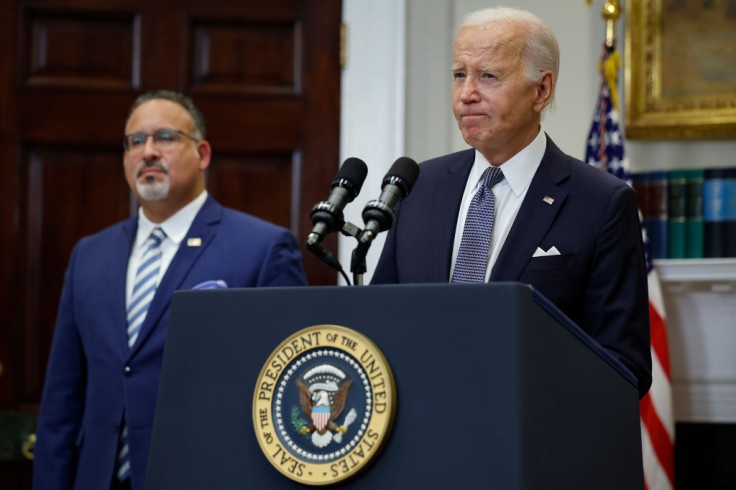
The upcoming months are set to witness a significant rise in student loan borrowing costs, with federal undergraduate loan interest rates projected to hit 6.5% in July, marking their highest level in 16 years.
Federal Student Loan Interest Rates at an All-Time High
The upcoming months are set to witness a significant rise in student loan borrowing costs, with federal student loan interest rates projected to hit 6.5% in July, marking their highest level in sixteen years.
Renowned financial-aid expert Mark Kantrowitz highlighted this imminent surge from the current 5.5% interest rate for new student loans. This increase in borrowing rates is intricately tied to the methodology of setting student loan interest rates, which involves adding a fixed margin of 2.05 percentage points to the yield of 10-year Treasury bonds, determined annually at a May auction.
The recent auction saw these bonds yield at 4.48%, influencing the upward trajectory of student loan borrowing costs. The movement of 10-year Treasury bond yields is closely intertwined with the Federal Reserve's benchmark interest rate.
Historically low for years, this benchmark rate has seen a drastic surge since 2022, prompted by the Fed's aggressive interest rate hikes aimed at curbing inflation.
Consequently, student loan rates have seen a proportional increase. Kantrowitz stated that this development comes as a shock to many, as they have grown accustomed to the era of low rates. He also notes that while these new rates would impact upcoming loans, existing ones remain unaffected.
The shift will take effect on July 1, affecting loans for the 2024-2025 academic year.
Delving into the financial implications, Nancy Goodman, the founder and executive director of College Money Matters, emphasized the substantial burden these higher rates impose on borrowers.
For instance, a $28,000 10-year student loan at the forthcoming rate would incur approximately $10,000 in interest, representing a 35% increase compared to foregoing loans.
Goodman highlighted that this would translate to an extra $2,000 over the loan period compared to the current rate, expressing concern over the strain it places on students.
"This steep rise in borrowing costs is indeed alarming," Goodman remarked. "It's disheartening to witness the added financial pressure on students."
Looming Increase in Interest Rates
The looming increase in student loan borrowing costs underscores broader challenges in higher education affordability, with implications extending to students, families, and educational institutions alike.
The Federal Reserve anticipated three quarter-point interest rate reductions throughout 2024. However, persistent inflation has led to uncertainty about the implementation of these cuts.
During a recent meeting, the Federal Reserve opted to maintain interest rates at their highest level since 2001. This decision has a direct impact on student loan interest rates, as they are tied to the yield of 10-year Treasury bonds set at a May auction. The postponement of rate cuts has effectively locked in elevated borrowing costs for students in the upcoming academic year.
According to data from the College Board, the average annual tuition for a four-year, in-state public college saw a 2.5% increase to $11,260 in the most recent academic year.
Similarly, private four-year college tuition surged by 4% to an average of $41,540 before inflation adjustments. This trend is evidenced by a 13-percentage-point decrease in FAFSA completions compared to the previous academic year, according to the National College Attainment Network.
The drop in aid applications indicates a growing preference among students for lower-cost alternatives or alternative paths outside traditional college education, as Goodman observed. She emphasized that colleges should be attentive to these shifts in student behavior and the evolving landscape of borrowing costs.
"This is hard for everybody," Goodman concluded, underscoring the broader implications of rising borrowing costs and shifting student preferences for higher education institutions.